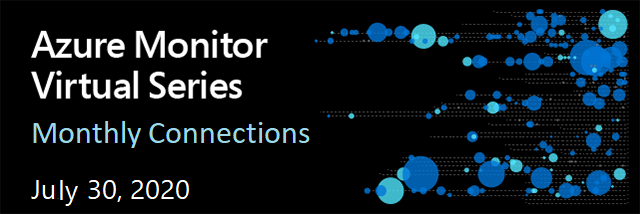
by Scott Muniz | Jul 16, 2020 | Azure, Microsoft, Technology, Uncategorized
This article is contributed. See the original author and article here.

Join the Azure Monitor team on July 30th, 2020 from 9-10AM PST (Pacific Time) for latest product updates and to get real-time answers to all your monitoring questions. This AMA will take place in our Azure Monitor AMA space.
Download the Calendar Invitation (no need to register or RSVP)
Many of you are already using Azure Monitor to collect, analyze, and act on your operational telemetry from one centralized, fully managed location. To help you get even more out of Monitor and learn how to improve your monitoring strategy, we’re inviting you to attend our new monthly community event to get regular product updates and access to our panel of experts for live Q&A.
Agenda (1 Hour):
- What’s new in Azure Monitor – Review all new scenarios & capabilities launched in Azure Monitor in last one month.
- Ask-Me-Anything (AMA) – Throughout the event, you will also have opportunity to ask questions to our team, which we will be answering live.
An archive of our previous AMA(s) is also available for your reference.
Tech Community Account:
You will need a Tech Community account to be able to ask questions during the AMA. With this you will also be able to participate in the Azure Monitor community for discussions or questions outside this event.
Looking forward to see you at the event!
-Azure Monitor Team
by Scott Muniz | Jul 15, 2020 | Azure, Microsoft, Technology, Uncategorized
This article is contributed. See the original author and article here.
The Azure Sphere OS update 20.07 is now available for evaluation via the Retail Eval feed. The evaluation period provides 14 days for backwards compatibility testing. During this time, please verify that your applications and devices operate properly with this release before it’s deployed broadly via the Retail feed. The Retail feed will continue to deliver OS version 20.06 until we publish the 20.07 update in two weeks.
The evaluation release includes an OS update only; it does not include an updated SDK.
Areas of focus for compatibility testing with the 20.07 evaluation release should include:
- Apps/functionality utilizing real-time cores
- Apps/functionality using ADC and/or PWM
- Apps/functionality that use functions in the Azure IoT C SDK (include/azureiot)
For more information
For more information on Azure Sphere OS feeds and setting up an evaluation device group, see Azure Sphere OS feeds.
If you encounter problems
For self-help technical inquiries, please visit Microsoft Q&A or Stack Overflow. If you require technical support and have a support plan, please submit a support ticket in Microsoft Azure Support or work with your Microsoft Technical Account Manager. If you do not have a support plan and require technical support, please explore the Azure support plans.
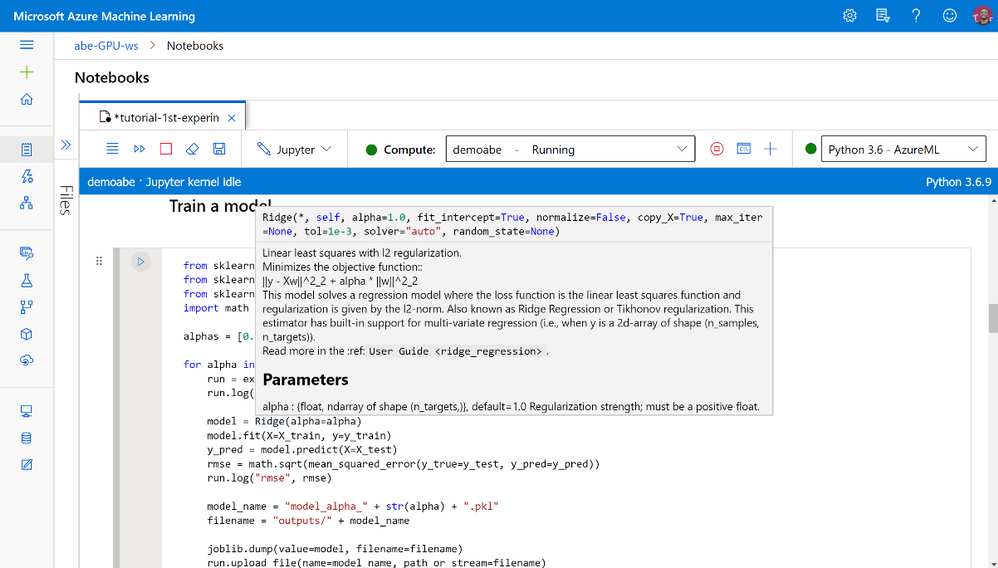
by Scott Muniz | Jul 15, 2020 | Azure, Microsoft, Technology, Uncategorized
This article is contributed. See the original author and article here.
Machine learning is a complex and task heavy art, be it cleaning data, creating new models, deploying models, managing a model repository, or automating the entire CI/CD pipeline for machine learning.
As more companies embark on the journey of machine learning in everything they do, Microsoft Azure Machine Learning provides them with enterprise-grade capabilities to accelerate the machine learning lifecycle and empowers developers and data scientists of all skill levels to build, train, deploy, and manage models responsibly and at scale.
Azure Machine Learning studio is the web user interface of Azure Machine Learning, enabling data scientists to complete their end-to-end machine learning lifecycle, from cleaning and labeling data, to training and deploying models using cloud scalable compute, in a single enterprise-ready tool.
We are excited to announce that Azure Machine Learning studio is now generally available worldwide, supporting 18 languages and over 30 locales!
Azure Machine Learning studio caters to all skill levels, with authoring tools such as the automated machine learning user interface to train and deploy models in a click of a button, and the drag and drop designer to create ML pipelines using a visual interface. All resources and assets created during the ML process – notebooks, models, pipelines, are all available for team collaboration under one roof.
With this release, studio is even more comprehensive and easy to use
Notebooks: Intellisense, checkpoints, tabs, editing without compute, updated file operations, improved kernel reliability, and many more. Read more about Azure machine learning studio notebooks here.
 Notebooks are integrated into Azure Machine Learning studio
Notebooks are integrated into Azure Machine Learning studio
Experimentation: Compare multiple runs graphically using an improved charting visualization experience including chart smoothing, displaying aggregated data and more.
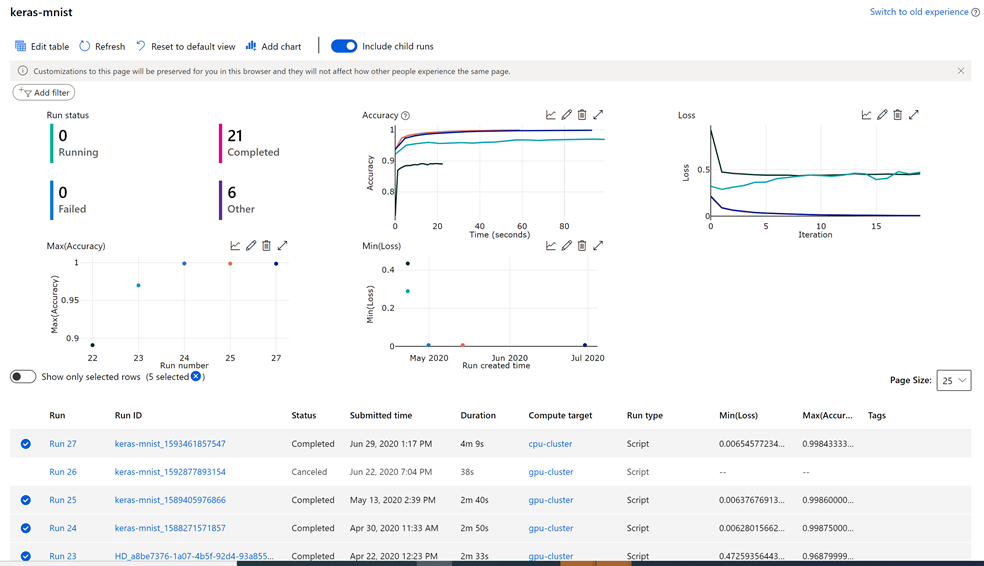 Charts and metrics for tracking and analyzing runs
Charts and metrics for tracking and analyzing runs
Security: Granular Role Based Access Controls (RBAC) are now supported (in preview) out of the box for the most common actions in your studio workspace. Specific actions or controls will now be hidden based on your role assignment automatically as setup by your IT Admins.
Compute: Compute instance has tons of improvements in quality, reliability, availability, provisioning latency, and user experience:
New enterprise readiness and administrator capabilities:
- REST API and CLI support to help automate creation and management of compute instance
- ARM template support for provisioning compute instance with sample template documented and downloadable from UI
- Ability for admin to create compute instance on behalf of other users and assign to them through ARM template and REST API. Data scientists do not need to have create/delete RBAC permissions and can access Jupyter, JupyterLab, RStudio, use compute instance from integrated notebooks, and can start/stop/restart compute instances (this is in preview).
- Validating user subnet NSG rules in virtual network for improved compute instance creation.
- Encryption in transit using TLS 1.2
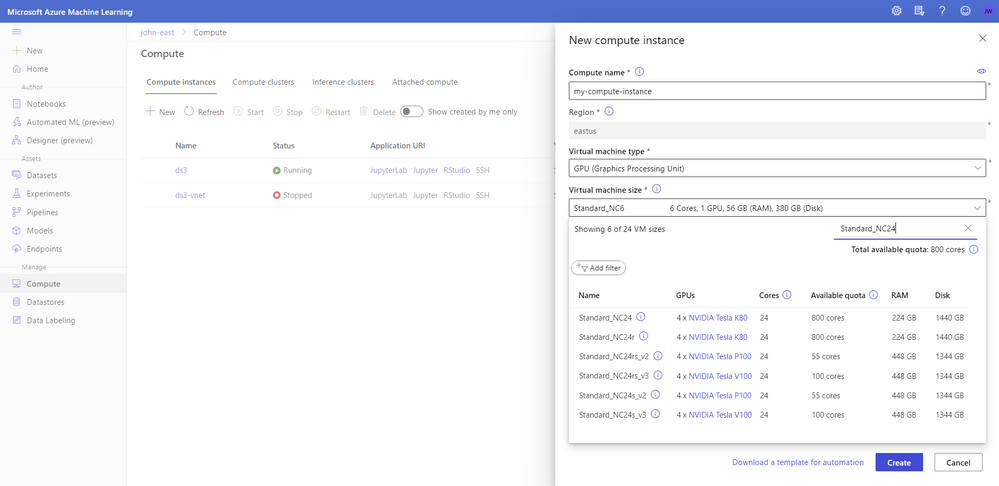 More information available in the updated compute creation panel
More information available in the updated compute creation panel
Designer (preview): Improved performance and reliability. Updates to user experience and new features:
- New graph engine, with new-style modules. Modules have colored side bars to show the status and can be resized.
- New asset library, to split Datasets, Modules, Models into 3 tabs
- Output setting. Enable user to set module output datastores.
- New modules:
- Computer Vision: Support image dataset preprocessing, and train PyTorch models (ResNet/DenseNet), and score for image classification
- Recommendation: Support Wide&Deep recommender
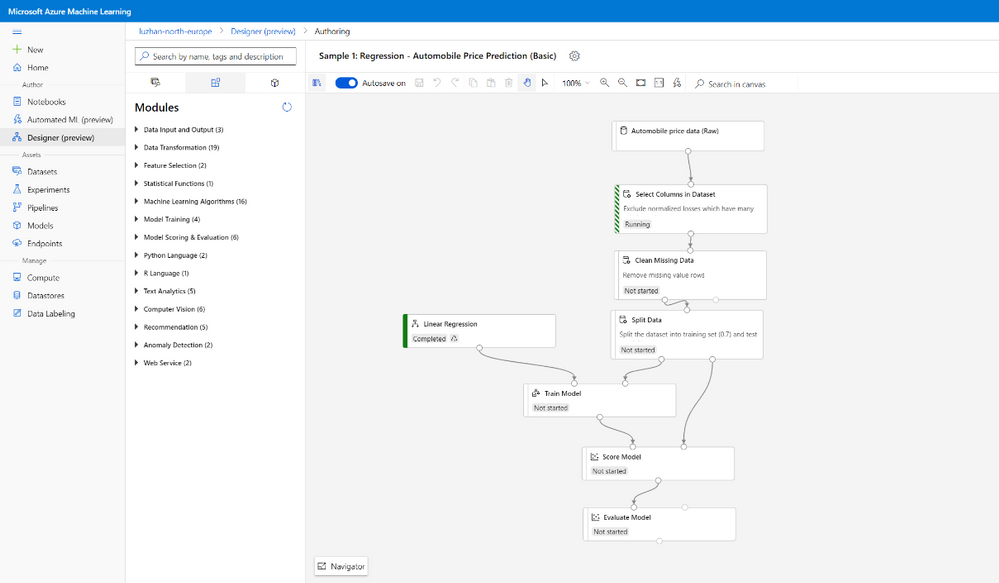 New style to Modules in the drag-and-drop Designer
New style to Modules in the drag-and-drop Designer
Data Labeling: Create, manage, and monitor labeling projects directly inside the studio web experience. Coordinate data, labels, and team members to efficiently manage labeling tasks. Supports image classification, either multi-label or multi-class, and object identification with bounding boxes.
The machine learning assisted labeling feature (Preview) lets you trigger automatic machine learning models to accelerate the labeling task.
Learn more about Azure Machine Learning data labeling in this blog post.
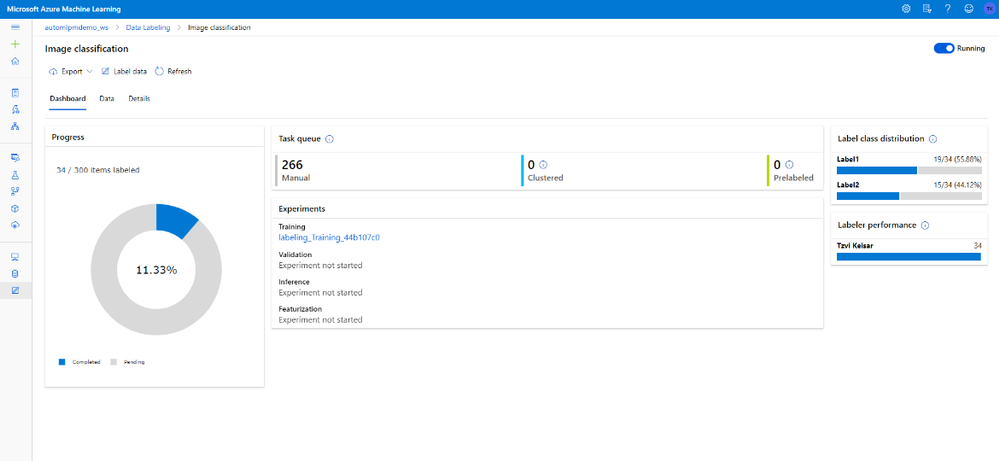 Data labeling updated style and machine learning assisted labeling
Data labeling updated style and machine learning assisted labeling
Fairlearn (preview): Azure Machine Learning is used for managing the artifacts in your model training and deployment process.
With the new fairness capabilities, users can store and track their models’ fairness (disparity) insights in Azure Machine Learning studio, easily share their models’ fairness learnings among different stakeholders. Beyond logging fairness insights within Azure Machine Learning run history, users can load Fairlearn’s visualization dashboard in studio to interact with mitigated or original models’ predictions and fairness insights, select a pleasant model, and register/deploy the model for scoring time.
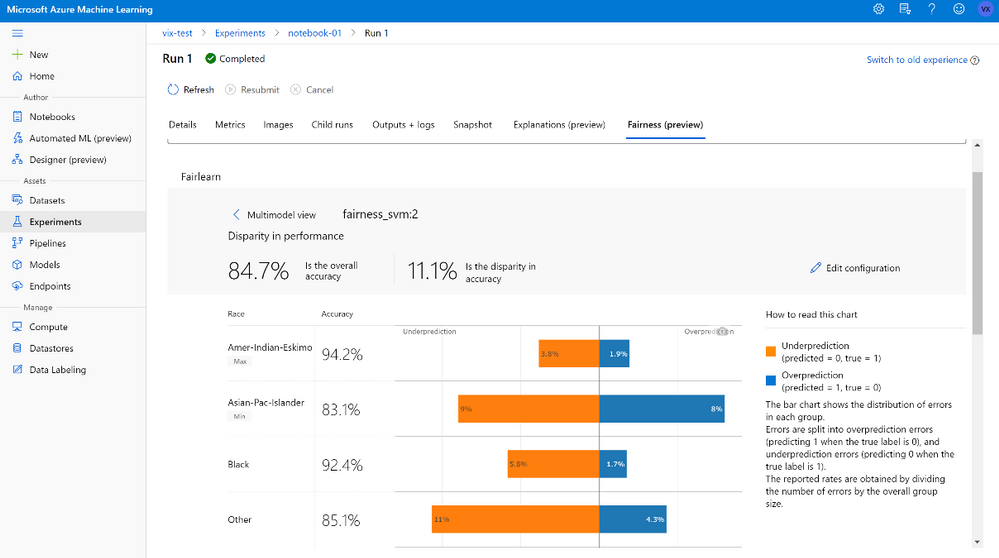 Fairlearn visualization now available as preview in the studio
Fairlearn visualization now available as preview in the studio
Automated machine learning user interface (preview) Automated machine learning is the process of automating the time-consuming, iterative tasks of machine learning model development to enable non data scientists to operationalize their machine learning models.
The new Data Guardrails helps fix and alert users of potential data issues. The model details tab includes key information around the best model and the run. There is more control over which visualizations are generated – choose a metric of interest and visualizations pertaining to that metric will display.
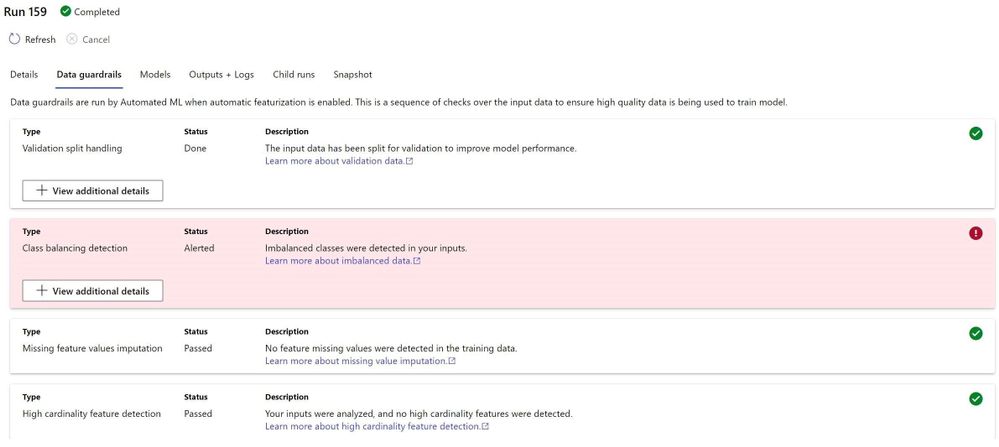 Data guardrails in automated machine learning will alert for issues in the data and even fix some of them
Data guardrails in automated machine learning will alert for issues in the data and even fix some of them
Continuing the journey together
Our customers inspire us to continue the journey, building together experiences that make machine learning easier to use, productive, and fun!
Send us your feedback
Use the feedback panel to share your thoughts with us
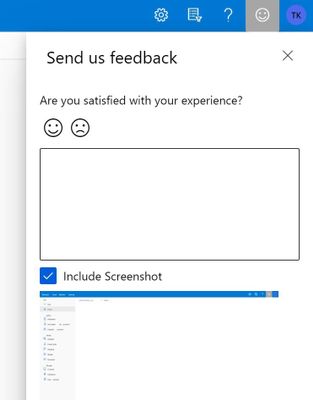 Feedback panel to share your thoughts
Feedback panel to share your thoughts
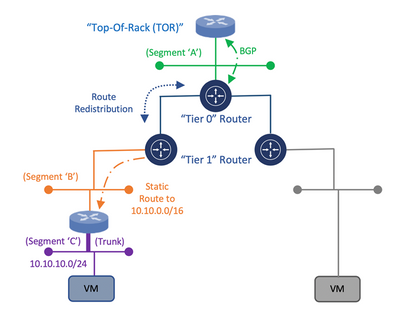
by Scott Muniz | Jul 15, 2020 | Azure, Microsoft, Technology, Uncategorized
This article is contributed. See the original author and article here.
By: Gourav Bhardwaj (VMware), Trevor Davis (Microsoft) and Jeffrey Moore (VMware)
Challenge
When moving to Azure VMware Solution (AVS) customers may want to maintain their operational consistency with their current 3rd party networking and security platforms. The types of 3rd party platforms could include solutions from Cisco, Juniper, or Palo Alto Networks and the means for connectivity is independent of the NSX-T Service Insertion/Network Introspection certification process for vSphere or AVS. The following is a use case based on an actual customer deployment.
Solution
The Azure VMware Solution environment allows access to the following VMware management components:
- vCenter User Interface (UI)
- NSX-T Manager User Interface (UI)
Within this architecture design, the uplink of the 3rd party appliance can be connected to a segment that is attached to the NSX-T “Tier 1” router while the individual or trunked downlinks of the appliance will support the connectivity of the Virtual Machine (VM) workloads which is similar to the On-Premises deployment model as depicted in the following diagram:
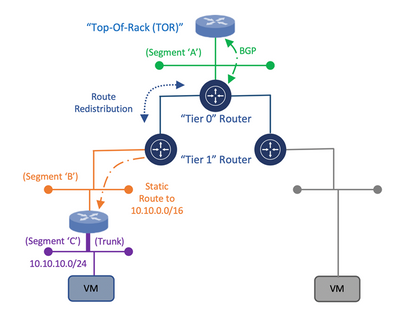
Diagram 1: Deployment Model for Connectivity of a 3rd Party Appliance with NSX-T
Once the appliance is attached to the NSX-T “Tier 1” router, static routes need to be configured to direct traffic through the 3rd Party appliance. Within the NSX-T Manager UI, the customer has the ability to create these static routes on the NSX-T “Tier 1” router which will assist in the network traffic direction through the 3rd Party appliance and to the customer’s VM workloads within AVS. Once the static routes are created, they can be redistributed within the dynamic routing protocol, Border Gateway Protocol (BGP).
This would allow for the static route information to be dynamically sent from the NSX-T “Tier 0” router through the uplink to the Top of Rack (ToR) platform and eventually, to the Azure Express Route backbone which will allow for the end-to-end connectivity from the customer’s locally attached On-Premises Express Route service to the AVS environment. This approach would provide a means to maintain the operational consistency between what is currently On-Premises and the Azure VMware Solution environment.
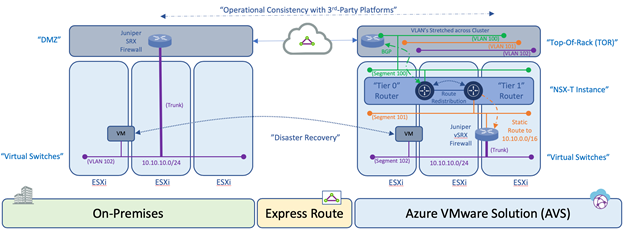
Diagram 2: Operational Consistency Deployment Model of 3rd Party Appliance in Azure VMware Solution
An additional consideration for this design is related to the location of the VM’s within the cluster and the potential vSphere Distributed Resource Scheduler (DRS) event which attempts to load balance the VM’s across the ESXi hosts within a cluster via vMotion based on available resources. During such as event, the 3rd Party appliance may reside on one ESXi host while the VM workload resides on another ESXi host. Within a customer’s On-Premises data center, this situation can be resolved by stretching the VLAN’s on the ToR switch that are associated to the uplinks and downlinks attached to the 3rd Party platform which would provide connectivity independent of which ESXi host the platforms and VM’s reside. Within Azure VMware Solution, this needs to occur as well using NSX Segments or vSphere Distributed Switch (VDS).
Once the solution is verified based on these mentioned topics, the customer is able to consume the 3rd Party platform within Azure VMware Solution in the same way as the On-Premises data center environment which will align with the requirement for operational consistency between On-Premises and AVS for services such as Disaster Recovery.
Author Bio’s:
Gourav Bhardwaj
Staff Cloud Solutions Architect (VMware)
VCDX 76 (VCDX-xx)
Digital and workspace transformation expert; Speaker at conferences and workshops.
LinkedIn: https://www.linkedin.com/in/vcdx076/
Trevor Davis
Azure VMware Solutions, Sr. Technical Specialist (Microsoft)
Twitter: @vTrevorDavis
LinkedIn: https://www.linkedin.com/in/trevorpdavis/
Jeffrey Moore
Staff Cloud Solutions Architect (VMware)
3xCCIE (#29735 – RS, SP, Wireless), CCDE (2013::20)
Focused on incubation and acceleration efforts for Azure VMware Solution (AVS).
LinkedIn: https://www.linkedin.com/in/jjtm/
Twitter: @Jeffrey_29735





Recent Comments